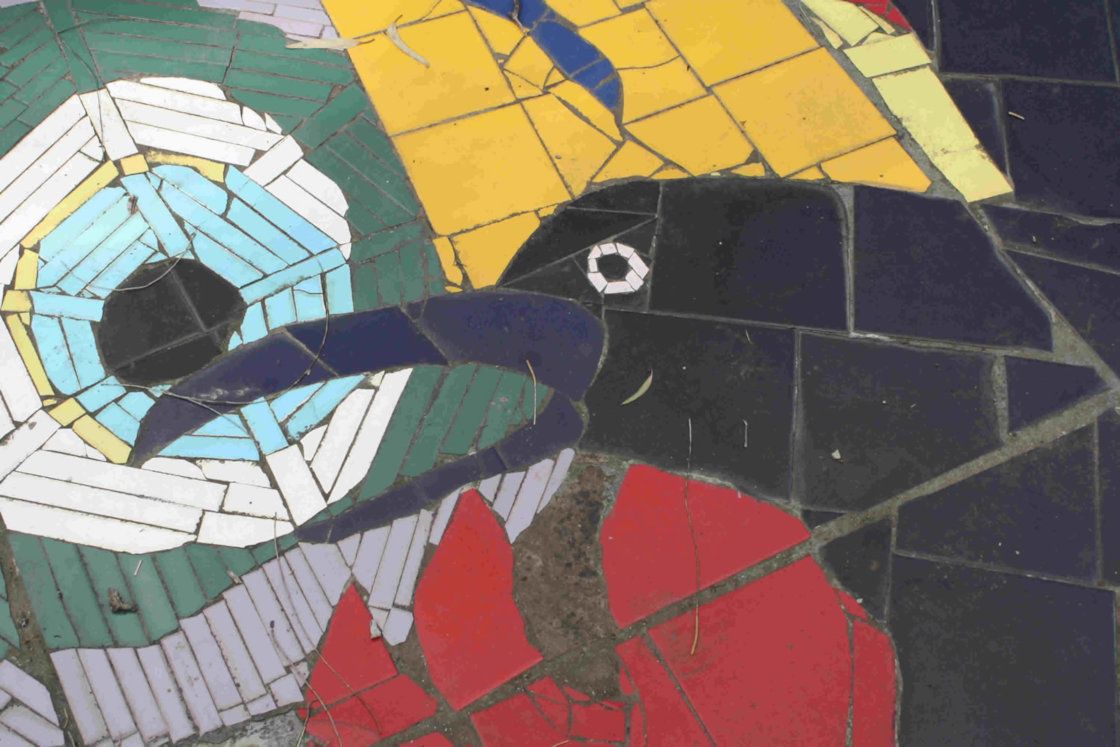Contemporary Places

Melbourne’s Living Museum of the West
The Living Museum contains maps, artefacts and interviews that are of interest to the Aboriginal community. The museum also houses information about workplaces in the area – such as the Munitions factory – that employed a lot of Aboriginal people during the war. At the museum in Pipermaker’s Park there is also a Wurundjeri Garden as part of a Land Discovery Trail.
William Cooper Bridge
The main bridge at Footscray Station is named after Indigenous leader and activist William Cooper. Residents of Maribyrnong, including residents of one of Mr Cooper’s former Footscray houses, nominated his name for the bridge. See Treaty Republic for more information and images.
William Cooper Justice Centre
“The building is named after William Cooper whose tireless pursuit of justice for his people and for other disadvantaged communities in the early 20th century laid the groundwork for contemporary advocates of Indigenous rights”. William Cooper’s great-grandson, Kevin William Russell, delivered a speech at the opening of the Justice Centre.
Melbourne Indigenous Church Fellowship
The church played an important role in the lives of many Aboriginal activists – from William Cooper and Marg Tucker to Pastor Doug Nicholls. The Melbourne Indigenous Church Fellowship welcomes the Indigenous community, teaches about Jesus in a culturally relevant context and also offers support for the many Indigenous Australians who were part of the Stolen Generation.
Footscray Community Arts Centre
Footscray Community Arts Centre’s Indigenous Cultural Program focuses on the ATSI communities in the West of Melbourne. FCAC’s Indigenous Cultural Program is developed in consultation with Elders in Residence, N’arweet Carolyn Briggs and Uncle Larry Walsh. For more on Uncle Larry, see this Bunjilaka site. For more on Carolyn Briggs, see the site from Culture Victoria.
Moondani Balluk Academic Unit
Moondani Balluk means ‘embrace people’ in the language of the Wurundjeri people who first lived in the western region of Melbourne.
The vision of Moondani Balluk Academic Unit is to create and foster:
-
a culturally safe environment that welcomes, nurtures, and recreates community, a community that is embedded in relationship to land, culture, law and Elders
-
sharing Indigenous knowledge, and translating and embedding Indigenous practices into all its work, research, and curricula
-
respect for all people within and without Moondani Balluk through mutually engaged relationships
-
a commitment to pursuing political and social justice, equity, and access to education for Indigenous people
-
accountability to Indigenous cultural values, protocols, and norms
Aboriginal and Torres Strait Islander people should be aware that these pages may contain the names, images and voices of people who have passed away.



